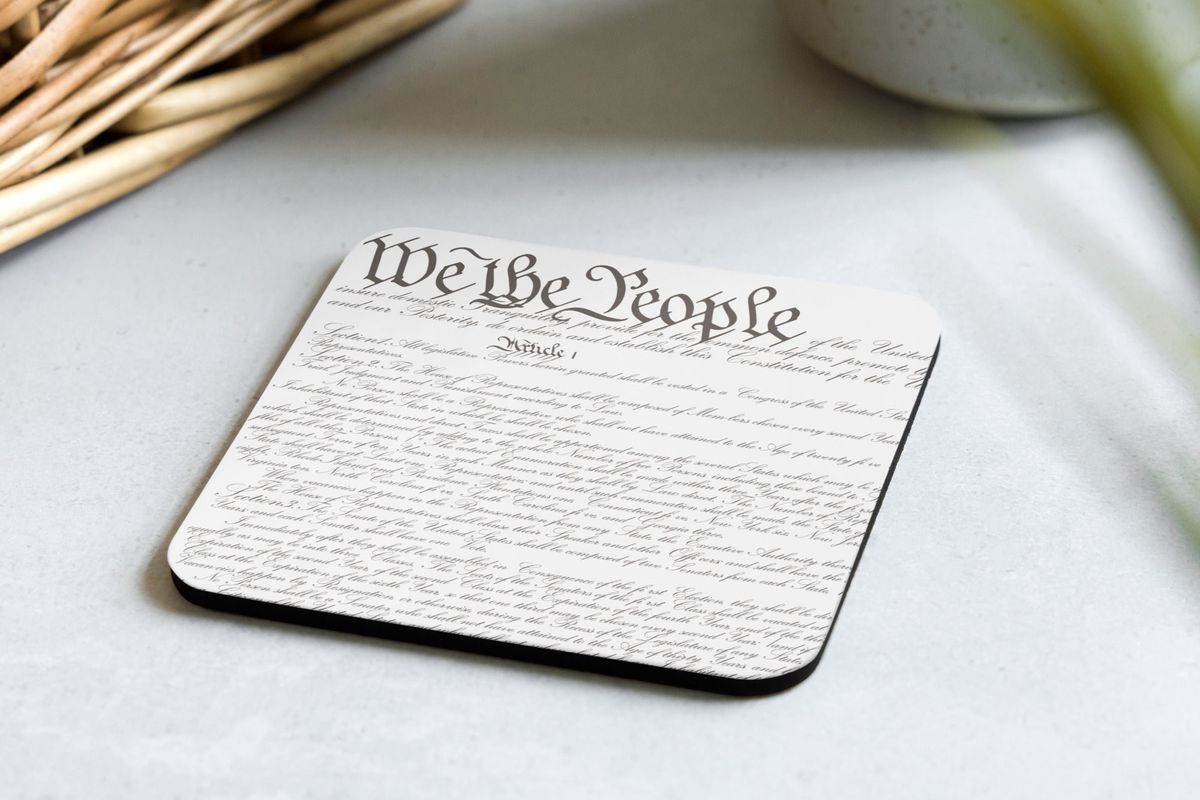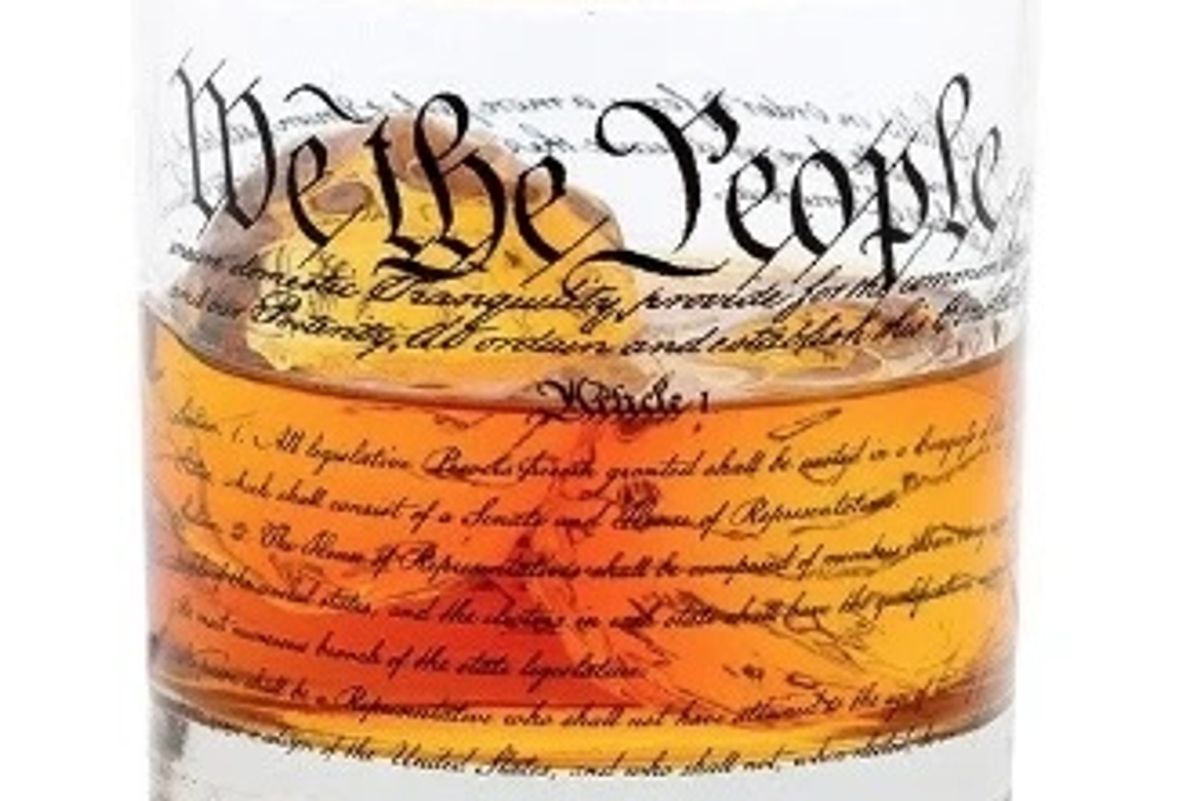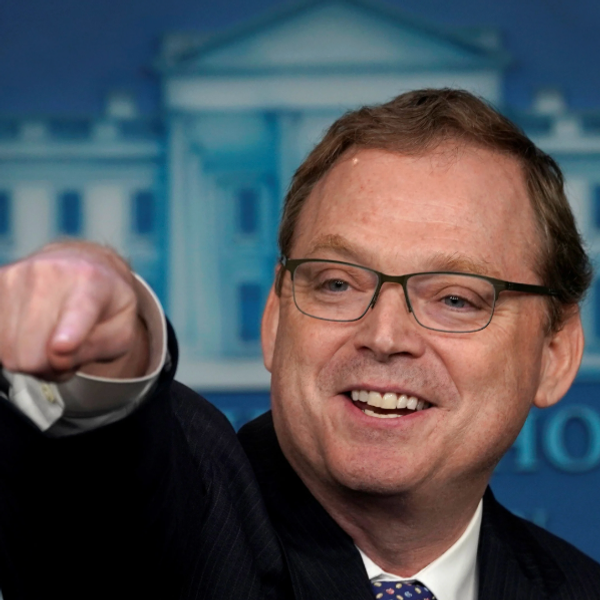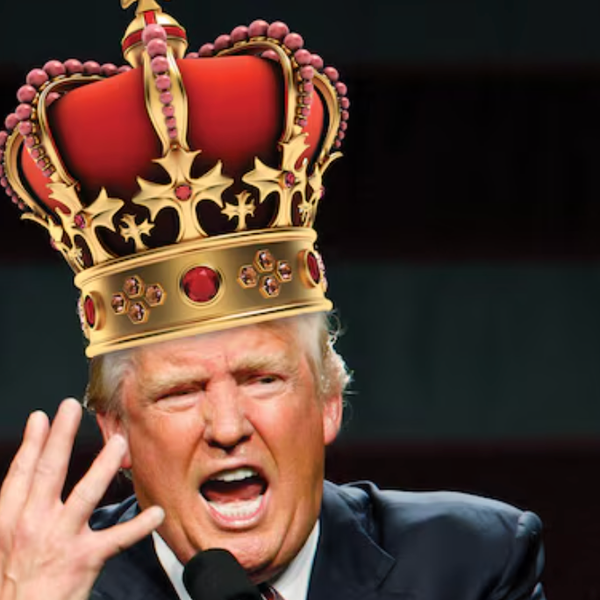A ‘Reckoning’ For Bill Clinton? Don’t Forget Starr’s $70 Million Probe
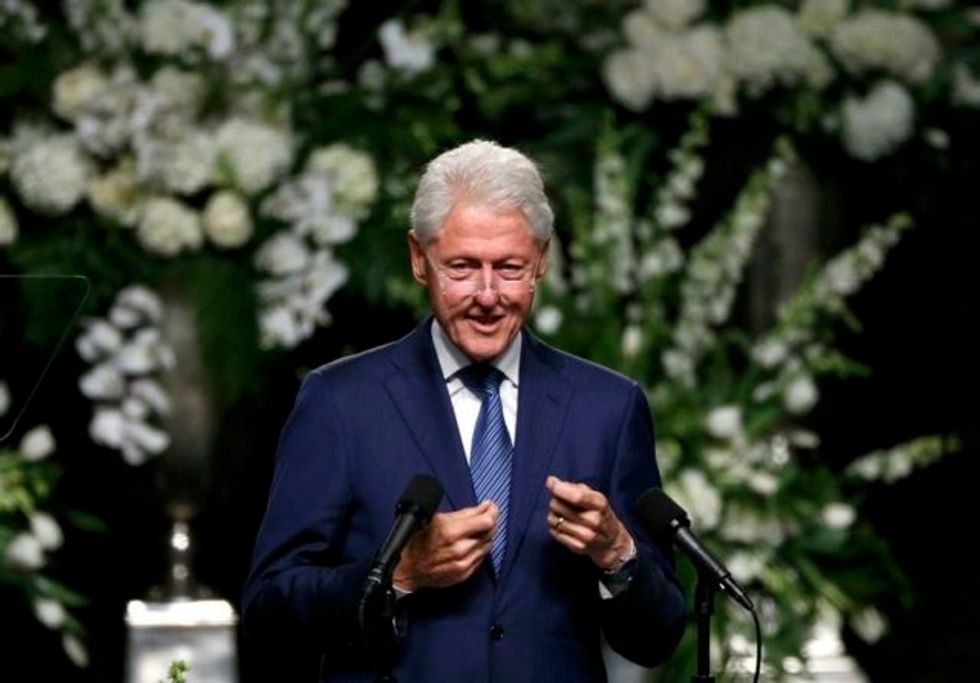
Suddenly it has become fashionable again in liberal circles to flay Bill Clinton for his sexual misconduct, whether real, alleged, or imagined. Amid the national frenzy swirling around the likes of Harvey Weinstein and Roy Moore, prominent journalists and politicians are competing to display their dudgeon over the former president and things he is said to have done long ago.
On the New York Times op-ed page, a forum for Clinton-bashing from the late William Safire to the eternal Maureen Dowd, new columnist Michelle Goldberg writes that the former president ought to be expelled from “decent society” because of Juanita Broaddrick’s allegation that he raped her in 1978, under the headline “I Believe Juanita.” In Politico, former ABC correspondent Jeff Greenfield pillories Democrats who supported Clinton for supposedly “brushing aside the serious questions not of philandering but of predatory sexual behavior” toward Broaddrick, Paula Jones, and Kathleen Willey.
And in The Atlantic, Caitlin Flanagan — eager to defame feminists and especially Hillary Clinton as somehow culpable for her husband’s alleged predations — demands “a reckoning” of the way that “the Democratic Party protected Bill Clinton.”
All these commentators, and a few more, seem to recollect a moment when Clinton blithely escaped accountability for awful sex offenses because the feckless liberals let him skip. But that isn’t how I remember the record of the Clinton years, because that is precisely the opposite of what happened.
Unlike Weinstein, Moore, Roger Ailes, Bill O’Reilly, or any of the dozens of powerful men whose misdeeds have provoked a wave of justified fury, Clinton endured a long, painful, and very costly series of official investigations of his alleged sexual misdeeds. Various accounts of his private behavior, whether invented or truthful, filled thousands of hours of national airtime, millions of inches of newsprint, and dozens of books (including The Hunting of the President by Gene Lyons and me, published in 2000).
Unlike the Fox News criminals and many other creeps who quietly reached settlements that kept the most lurid details of their behavior under court seal, Clinton’s alleged acts were litigated publicly all the way to the Supreme Court — with attendant coverage that included, among other embarrassments, a debate about the appearance of his penis.
And most important, unlike any of those now in the dock, Clinton underwent a $70-million investigation by a zealous federal inquisitor who had all the powers of the Justice Department, a team of relentless and experienced prosecutors, and the forensic services of the FBI, which he employed in a wide-ranging sex probe that went back decades. That special prosecutor’s name was Kenneth W. Starr. He would be dismayed to learn that his dogged efforts to destroy Clinton have so soon been forgotten.
What Clinton’s freshly enraged critics also seem to have forgotten is how the Starr investigation actually unfolded after the independent counsel and his staff abandoned “Whitewater,” a small-time land swindle whose principal victims turned out to be the Clintons themselves. Approached with a tip by lawyers for Paula Jones, the former Arkansas state employee who claimed then Governor Clinton had dropped his trousers and exposed his genitalia to her in a Little Rock hotel room, Starr opened a new case that was designed to ensnare President Clinton in a perjury trap over his illicit consensual relationship with Monica Lewinsky. Not only was he not shielded, but his appointee, Attorney General Janet Reno, secretly gave a stamp of approval to Starr’s new prosecutorial direction.
While Clinton certainly prevaricated about Lewinsky, partly in order to avoid telling his wife, his affair was not exactly a predatory attack on an unwilling victim, despite the glaring difference in their age and station. Indeed, she forthrightly portrayed herself as the aggressor and continued to pursue him long after she was transferred from the White House to a job in the Pentagon.
The Lewinsky opening provided Starr with a license to intensify the scrutiny of Clinton’s personal life that his deputies had already begun in Arkansas as an adjunct of Whitewater, which was going nowhere. During the months leading up to Clinton’s impeachment in 1999, the Office of Independent Counsel deployed its full forensic authority to investigate every salacious claim or rumor about him. Included in that expansion of Starr’s probe were the cases of Kathleen Willey and Juanita Broaddrick.
Keen as Starr was to compile a thoroughly damning impeachment dossier against Clinton, both of those cases presented factual and legal problems that proved impossible for him to overcome. (Oddly, the New York Times noted this week that the Broaddrick and Willey cases were omitted from Starr’s impeachment referral, but neglected to reveal that he investigated them thoroughly.) Two of Willey’s closest friends directly contradicted her version of how Clinton aggressively “groped” her in the Oval Office despite her protestations. One was Linda Tripp, a fellow White House employee and, inconveniently, a key witness for Starr in the Lewinsky case. The other was Julie Hiatt Steele, whom Starr cruelly and unsuccessfully prosecuted in an effort to force her to change her testimony.
During his investigation, Starr learned that Willey had lied to FBI agents after receiving a grant of transactional immunity from his office. He immunized her again, but by then Willey was bereft of believability. She went on to publicly concoct bizarre fantasies of plots against her life, the assassination of her cat, and so on. Immortalized as a Clinton victim in a gripping CBS “60 Minutes” interview, she was lucky not to be prosecuted for lying to federal agents. In the Final Report of the Office of Independent Counsel, Willey was singled out as a figure lacking in credibility.
Starr also confronted vexing problems with Broaddrick’s charge that Clinton had assaulted her in a hotel room in 1978, biting her lip until it was swollen. Before the independent counsel brought her in, she had sworn an affidavit in the Paula Jones case denying any sexual contact with Clinton, and then repeated that denial in a deposition under oath.
The FBI found five witnesses who insisted that Broaddrick had told them about the rape at the time. Two of those witnesses were sisters and close friends of Broaddrick who hated Clinton for commuting the death sentence of their father’s convicted killer. A third was Broaddrick’s husband David, with whom she had been conducting an illicit affair when the alleged incident occurred. Broaddrick said she told her then-husband Gary Hickey that she had hurt her lip in an accident, but Hickey could recall neither the injury nor her explanation. Republican operatives who had pursued the rape rumors when Clinton first ran for president also cast doubt on her story and her motives. Later she made an accusation against Hillary Clinton that directly contradicted her own prior comments about whether anyone had sought to “intimidate” her.
Whether Clinton assaulted Broaddrick was impossible to know — or to prove — from the available evidence. That was why, in a footnote to his report, Starr described his findings about the woman called “Jane Doe #5” as “inconclusive.”
As for Paula Jones, it was she who had described the famous “distinguishing characteristic” of Clinton’s penis in a sealed affidavit, which Jones attorney George Conway (now better known as the husband of Trump aide Kellyanne Conway) leaked to the Drudge Report. Urologists eventually determined that Clinton had normal male equipment with no marks or misshapenness. But that was only the most notorious of several contradictions marring Jones’ testimony, which led more than one observer to doubt the validity of her harrowing story, including her sister. Finally, Clinton agreed to pay her a settlement of $850,000 without any admission to end the litigation.
In many ways, the payment to Jones was the least of the indignities and injuries that befell Clinton. The independent counsel probe and impeachment proceedings cost him tens of millions of dollars, a five-year suspension of his license to practice law, a searing scar upon his family, a continuous series of public humiliations, and a future obituary that will feature his status as the only president ever impeached over a sex lie.
So he may well think that there has been some public reckoning, at least, with the accusations against him – and that Starr’s exhaustive investigation, completed almost 20 years ago, served as an adjudication of those charges.
Yet those who still feel an urge to flog Clinton, for whatever motive, should pursue that stern impulse with all the seriousness it deserves. A just reckoning requires grappling with all the evidence – the depositions, the testimony, the recordings, the exhibits, the affidavits, the books, and even the journalism, dreadful as much of it was. This case isn’t a current legal proceeding. It’s history—and the facts, not fitting an easy storyline or moral fable, are available to those willing to deal with them.
Having been there and done that, I can assure the would-be judges that this is no small project. What they’ve written and said so far indicates a need to stop posturing and start reading.

